16 Best Plants For Rooms Without Windows
A windowless room does not have to feel empty or dull. There are plants that thrive in low-light conditions and bring charm to any area. They are perfect for brightening up spaces like hallways, basements, or offices. Their ability to live well indoors makes them easy choices for decoration and comfort. Adding greenery can instantly change the mood of your surroundings. Read on and learn which plants are best for spaces without windows.
This post may contain affiliate links, which helps keep this content free. Please read our disclosure for more info.
Snake Plant

The snake plant is known for its tall, upright leaves that grow well in low light. It survives in areas where sunlight is limited, making it a good choice for darker rooms. This plant grows slowly but stays healthy with little care. Water it lightly, allowing the soil to dry between watering sessions. Overwatering should be avoided since the roots can rot easily.
Taking care of the snake plant is simple because it does not require much attention. It thrives in normal room temperatures and does not need frequent repotting. The plant also helps clean the air, which is a great benefit for closed spaces. Wiping the leaves with a damp cloth once in a while keeps them looking fresh. Place it in a corner or near furniture, and it will continue to grow with little effort.
ZZ Plant
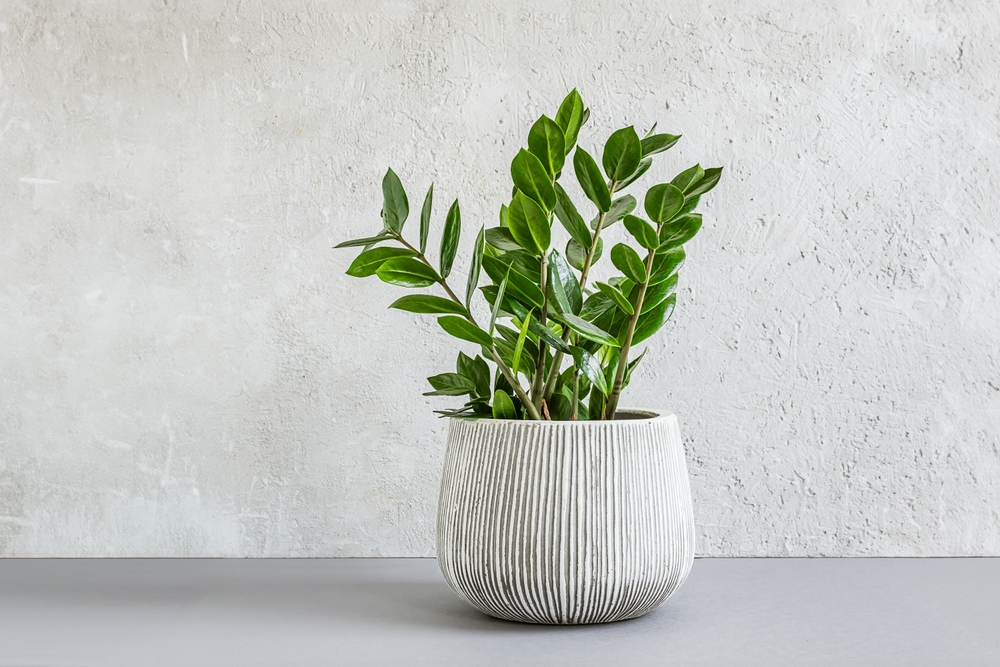
The ZZ plant is a tough indoor plant that can handle very low light. Its shiny green leaves grow steadily without requiring much water or sunlight. It does well in rooms with artificial lighting such as offices or bedrooms. Watering once every two to three weeks is usually enough to keep it thriving. It is a favorite among people who want greenery without constant care.
For better growth, use a well-draining potting mix to avoid water buildup. The ZZ plant is resistant to pests, which makes it even easier to maintain. It prefers average indoor temperatures and does not like being exposed to cold drafts. Cleaning the leaves occasionally keeps their glossy look. With very little attention, the ZZ plant can brighten up a windowless space.
Pothos
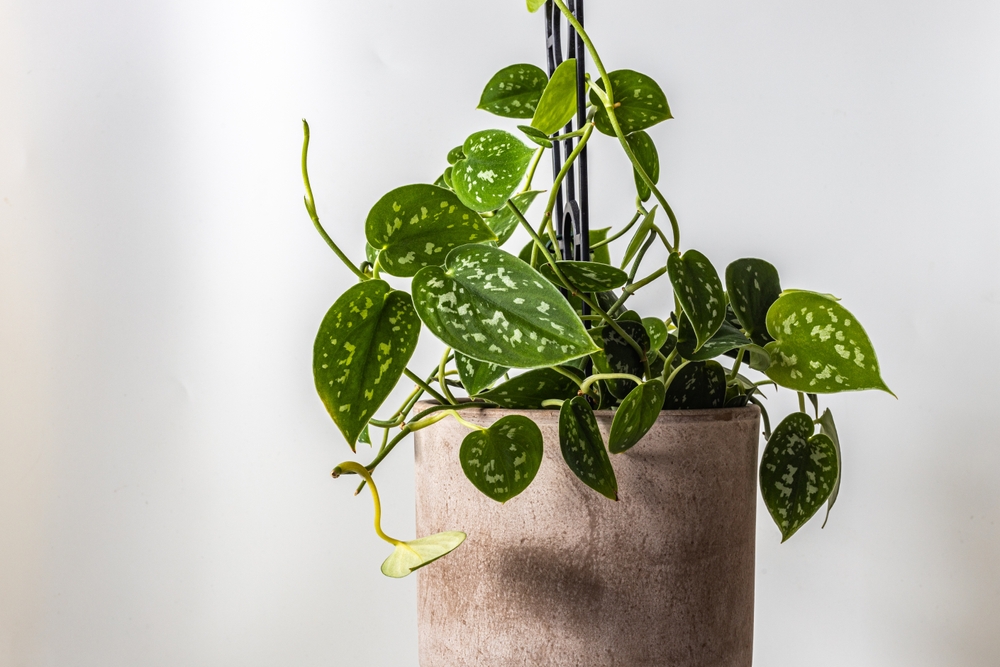
Pothos is a trailing vine that grows well even in dim rooms. Its heart-shaped leaves come in shades of green and yellow, giving a lively touch to indoor areas. It can be placed in hanging baskets or on shelves where its vines can drape down. Pothos grows fast and adapts well to artificial light. Water it once the soil feels dry to avoid overwatering.
This plant is often recommended for people new to indoor gardening. It does not require special soil and can even grow in water-filled jars. Trimming the vines helps control their length and encourages fuller growth. Pothos is also good at improving indoor air quality. With minimal care, it stays fresh and attractive in any corner of your home.
Cast Iron Plant
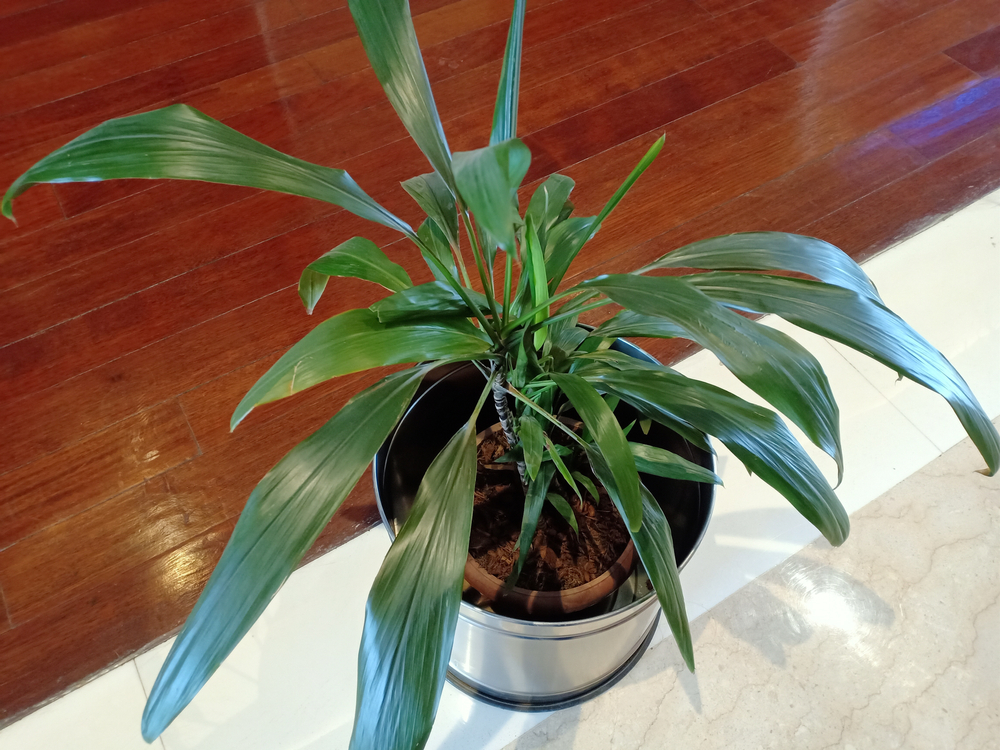
The cast iron plant is named for its toughness and ability to grow in low-light conditions. Its broad, dark green leaves add depth to rooms that lack sunlight. It grows slowly but stays strong in indoor spaces with little attention. This plant can handle neglect, making it a reliable option for busy lifestyles. Regular watering every couple of weeks is all it needs.
Caring for the cast iron plant is simple since it does not require frequent fertilizing. It grows best in well-draining soil and prefers to be left undisturbed. The plant can handle temperature changes well, which is useful for rooms that are cooler or warmer. Its leaves may gather dust, so wiping them occasionally helps maintain their color. This plant adds a natural, calm feel to dim rooms without much effort.
Peace Lily
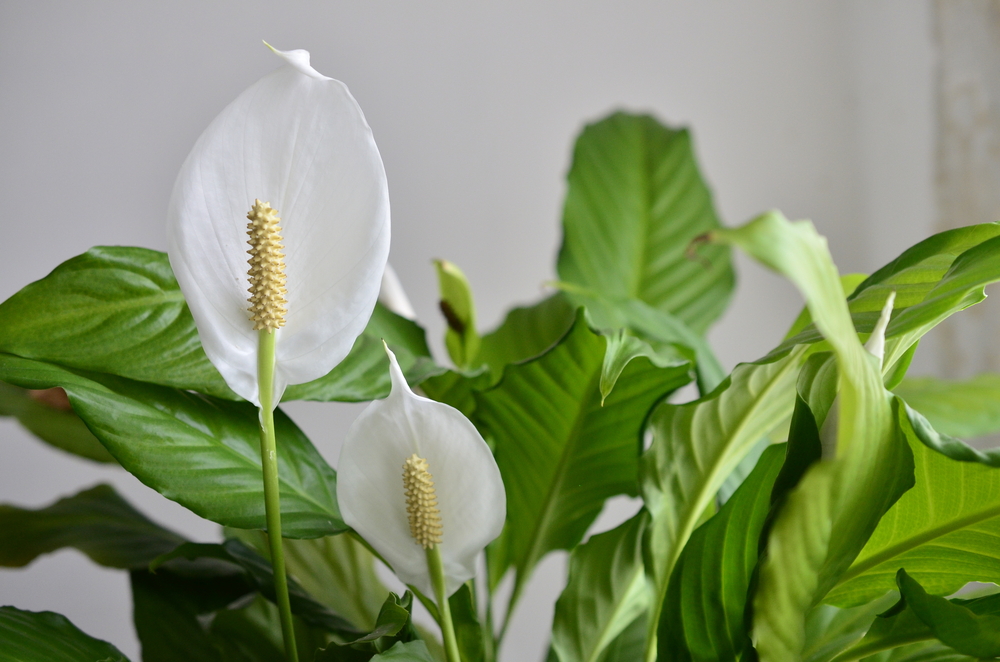
The peace lily is a popular plant for its white blooms and dark green leaves. It can survive in low light, making it ideal for windowless areas. Peace lilies grow well in indoor temperatures and bring a touch of elegance to any room. They need watering once the soil starts to dry, but they should not be left sitting in water. This plant is also effective in cleaning indoor air.
With the right care, peace lilies will flower even with limited sunlight. Fertilizing every few weeks during spring and summer helps encourage blooms. The leaves may droop when it is thirsty, which makes it easy to know when to water. It thrives in rooms with stable temperatures and does not require direct light. A peace lily can add both greenery and beauty to darker areas of your home.
Dracaena
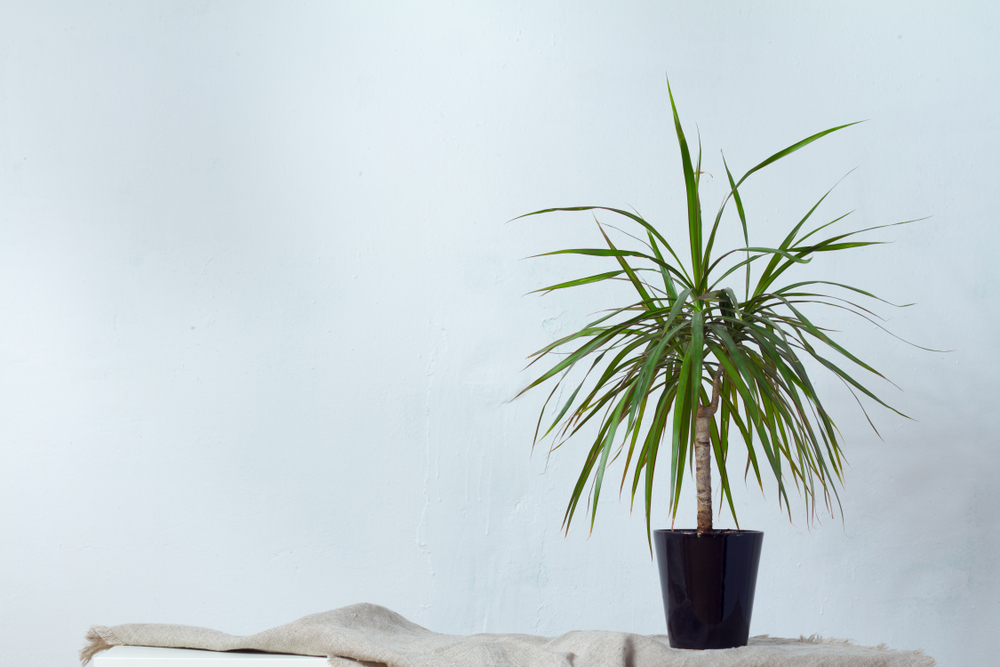
Dracaena is a low-light plant that features long, narrow leaves with green and sometimes red edges. It adapts to different lighting conditions and grows well under artificial lights. This makes it a great choice for offices or hallways without windows. Watering should be done lightly, only when the top soil feels dry. Too much water can cause the roots to rot.
The plant grows slowly, so it does not need frequent repotting. Dusting the leaves helps them look fresh and improves their ability to take in light. Dracaena prefers normal indoor temperatures and can live for many years with proper care. It comes in several varieties, so you can choose one that suits your space best. Adding dracaena to your room gives it a clean and natural look.
Chinese Evergreen

Chinese evergreen plants are known for their striking patterned leaves. They do well in low-light rooms and are perfect for beginners. This plant prefers warm, stable indoor conditions and grows steadily in artificial light. It should be watered when the top inch of soil feels dry. With simple care, the plant keeps its leaves lush and full.
Fertilizing once a month during growing seasons helps it stay healthy. Its leaves come in different shades of green with silver or pink accents, making it a decorative choice. The plant is tolerant of indoor air conditions and can adapt to different spots in your home. Avoid placing it in very cold areas, as it prefers warmth. Chinese evergreen adds both color and life to dim corners.
Lucky Bamboo
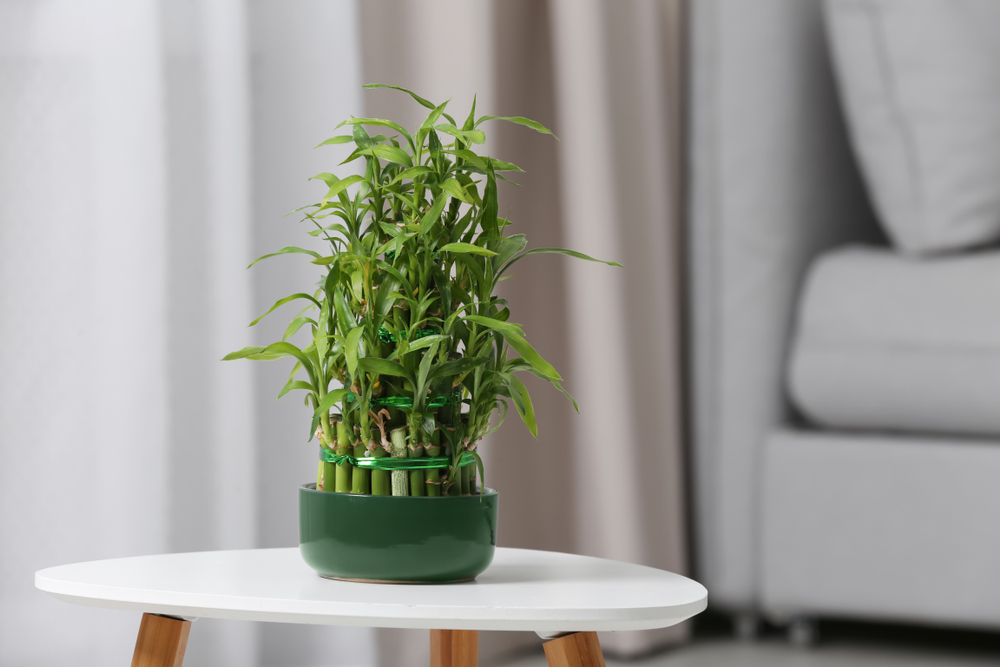
Lucky bamboo is a popular plant often seen in homes and offices. It is not true bamboo but grows well in water or soil under low light. Its stalks can be arranged in different shapes, making it attractive and unique. The plant survives well with little sunlight and regular watering. Many people choose it for small desks or shelves.
Caring for lucky bamboo is simple, as it only requires clean water and occasional feeding. When grown in soil, it should be kept slightly moist but not soaked. The plant grows slowly, which makes it easy to maintain in small containers. It is often associated with good luck and positive energy. Lucky bamboo is a great choice for rooms with no windows.
Philodendron
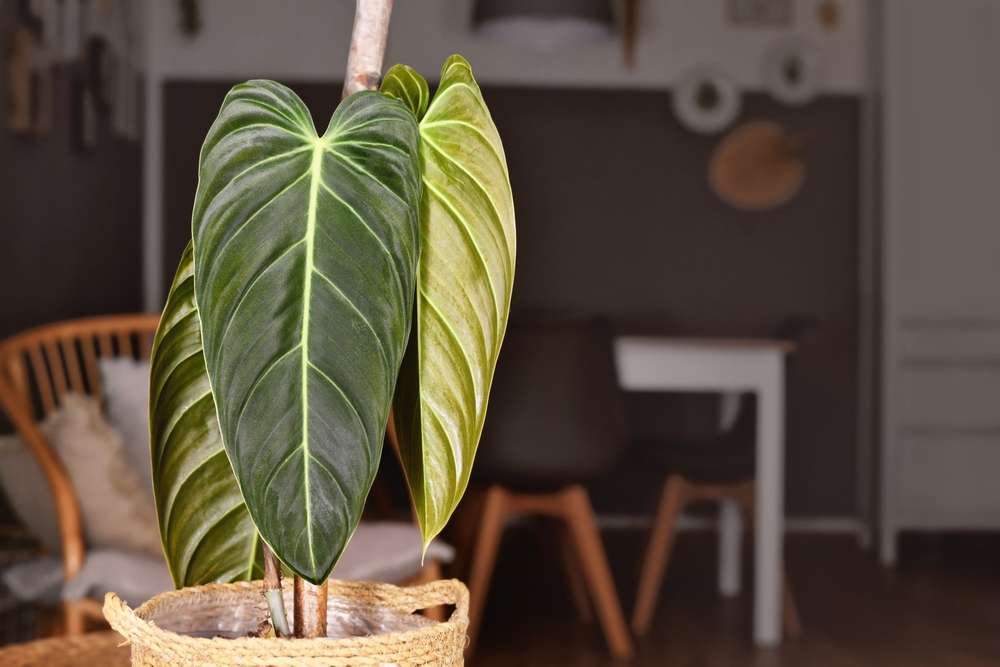
Philodendrons are trailing or climbing plants that handle low light very well. Their green leaves can grow large, bringing a natural look to indoor rooms. They adapt easily to different spaces and can grow under artificial lights. Watering should be moderate, letting the soil dry between sessions. Overwatering can cause yellowing of leaves.
The plant grows quickly, so trimming is needed to keep it neat. Philodendrons can be grown in pots or hanging baskets depending on the style you prefer. They are also known for their ability to improve indoor air quality. This plant is suitable for beginners since it does not require complicated care. A philodendron makes any dim space feel more alive.
Parlor Palm
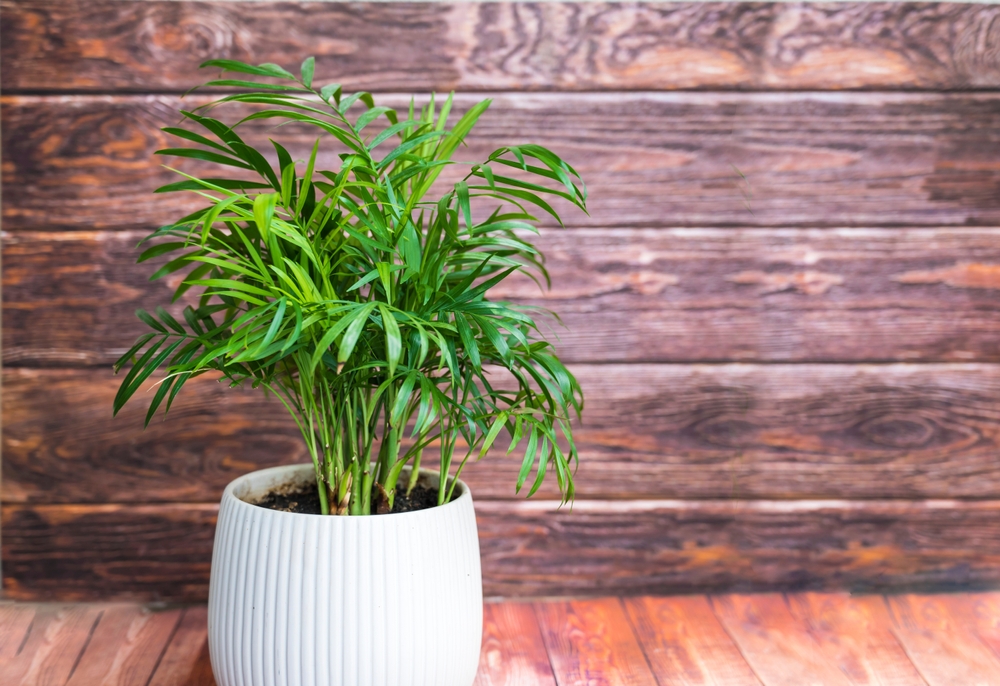
The parlor palm is a classic indoor plant that thrives in shaded rooms. It grows slowly and produces delicate fronds that add a touch of greenery. The plant is perfect for offices, living rooms, or entryways without natural sunlight. It grows best in temperatures that are comfortable for people. Regular watering when the soil is dry is all it needs.
Parlor palms prefer well-draining soil and do not need frequent fertilizing. They stay compact, which makes them easy to place in small areas. The leaves may gather dust, so occasional cleaning keeps them looking fresh. This plant adds a gentle tropical feel to any room. With little care, a parlor palm can thrive indoors for years.
Aglaonema Silver Bay
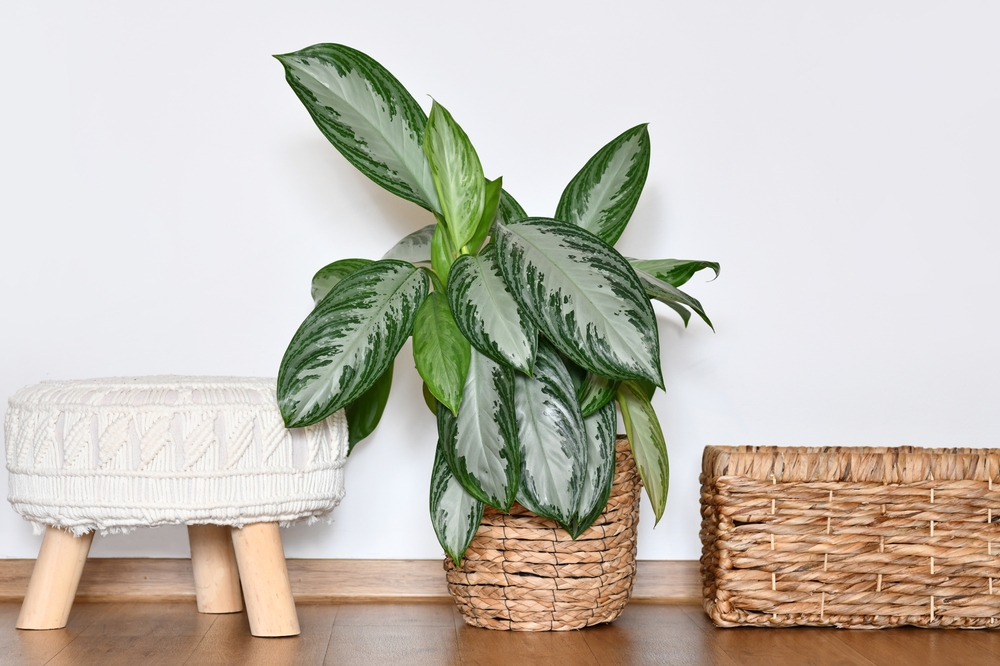
Aglaonema Silver Bay has attractive leaves with silver and green shades. It does well in low-light areas, which makes it ideal for rooms without windows. This plant grows steadily and adapts to indoor temperatures. Watering should be moderate, avoiding soggy soil. It stays full and lush when cared for properly.
The plant does not require strong light to keep its color. Fertilizing lightly during spring and summer helps support growth. Aglaonema Silver Bay is resistant to common indoor pests, which makes it easy to keep. Its patterned leaves add visual interest to plain spaces. This plant is both practical and decorative for darker rooms.
Spider Plant
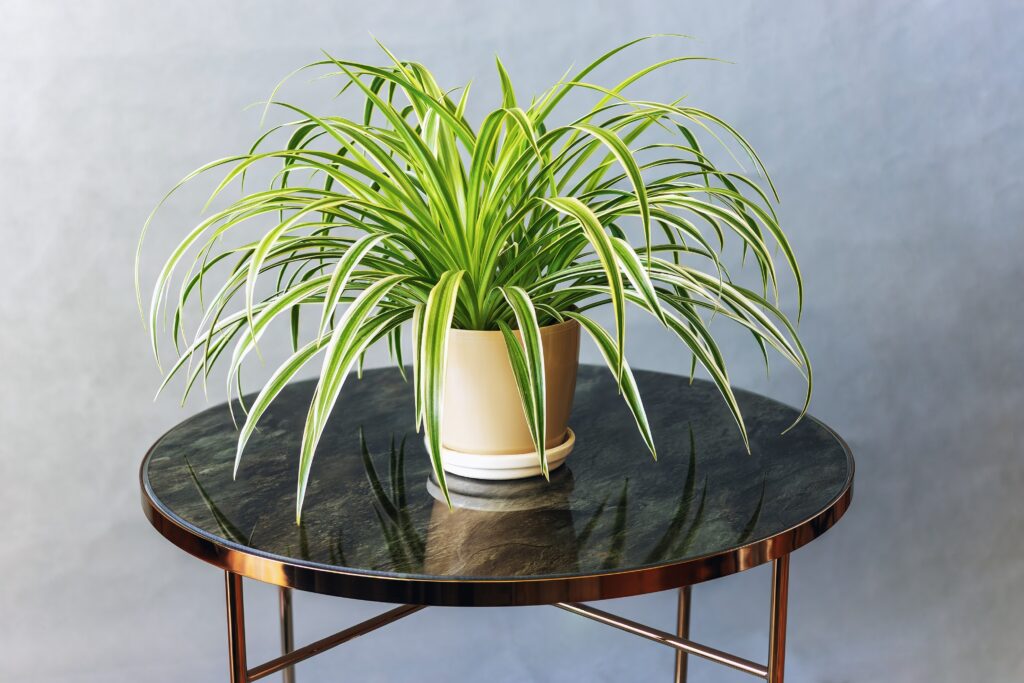
The spider plant is known for its long, arching leaves with green and white stripes. It thrives under artificial light and does not need direct sunlight. Spider plants are easy to grow and often produce small offshoots called spiderettes. These offshoots can be replanted to grow new plants. They are well-suited for hanging baskets in dim rooms.
Watering once the soil dries out is enough to keep them healthy. Spider plants are tough and adapt to most indoor conditions. They do not need much feeding, but light fertilizing during growth seasons helps. Cleaning the leaves keeps them fresh and green. With little care, spider plants bring brightness to low-light spaces.
Dumb Cane (Dieffenbachia)
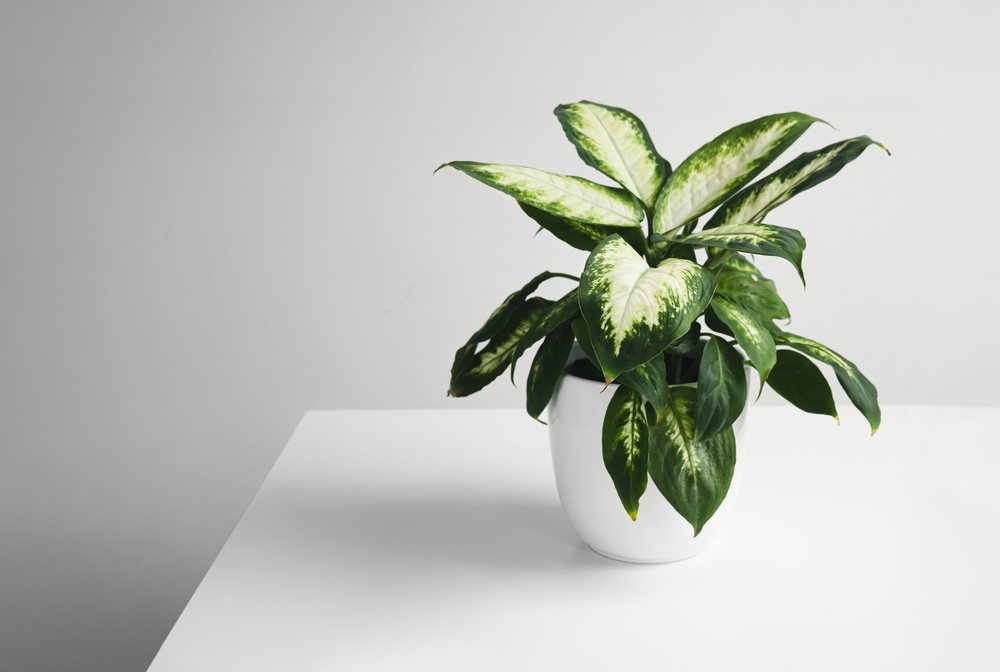
The dumb cane plant grows large, patterned leaves that do well in shaded rooms. It can handle artificial light and thrives indoors where natural light is limited. The plant grows upright and adds fullness to empty corners. Watering should be moderate, keeping the soil moist but not wet. It is best grown in well-draining soil.
Dumb cane plants should be placed in warm, stable areas of the house. They may need occasional trimming to remove old leaves and encourage new growth. Fertilizing every month or two helps them stay healthy. The leaves add bold patterns to indoor décor. With proper care, dumb cane can grow into a tall, attractive houseplant.
Ferns (Boston Fern)
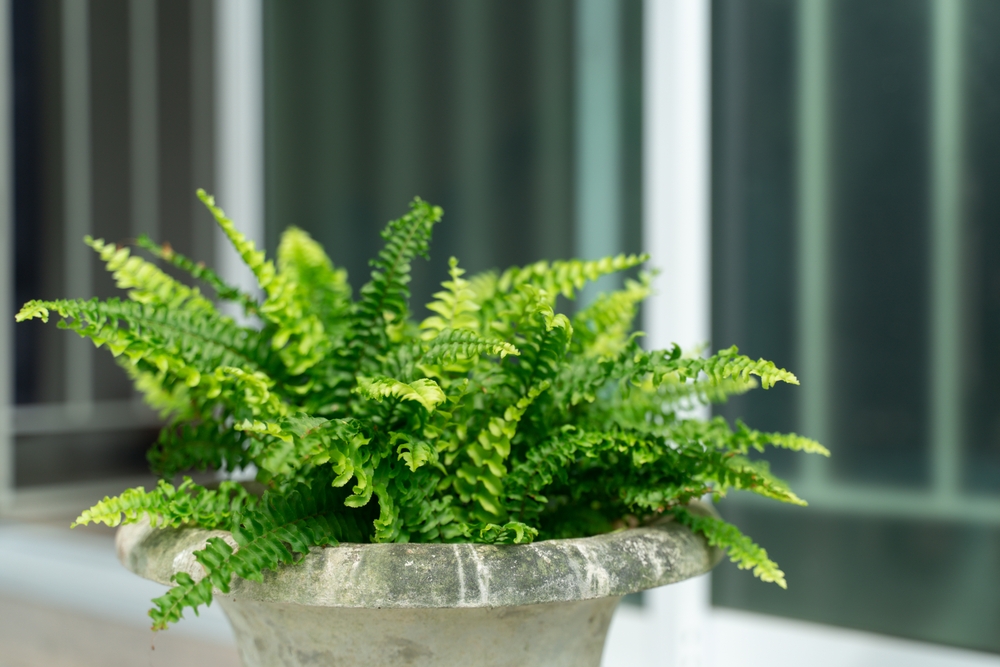
Boston ferns are popular for their full, feathery leaves. They grow best in humid, shaded spaces and can adapt to low light. Regular misting helps them stay healthy indoors. They do not need direct sun but require consistent moisture. Ferns are often placed in hanging baskets to add greenery.
These plants do well in bathrooms or kitchens where humidity is higher. They need soil that drains well but stays slightly moist. Fertilizing lightly during growing months keeps them lush. Boston ferns should be kept away from dry air caused by heaters. With regular care, they create a refreshing look in windowless spaces.
Arrowhead Plant
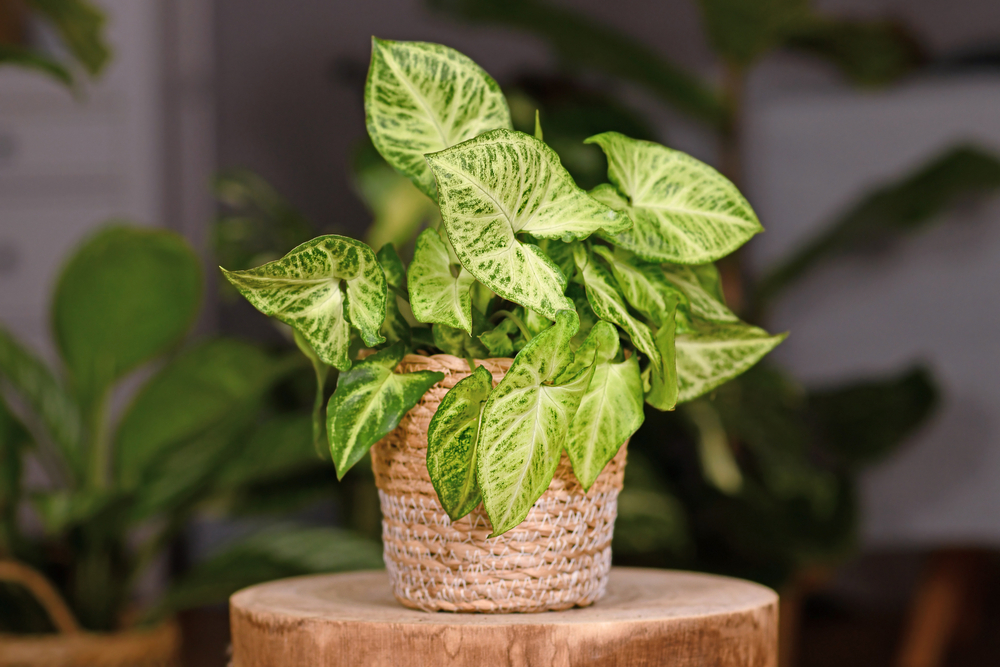
The arrowhead plant has pointed leaves that change shape as it matures. It is well-suited for low-light rooms and grows well under artificial lighting. This plant can be grown in pots or trained to climb with support. It prefers soil that is kept slightly moist. Watering should be regular but not excessive.
Caring for the arrowhead plant is simple, and trimming helps control its growth. It enjoys normal indoor temperatures and adapts easily to different conditions. The plant can be placed on shelves, desks, or in hanging baskets. Its leaves come in shades of green with cream or pink accents. Arrowhead plants are an attractive choice for rooms without sunlight.
Monstera Adansonii
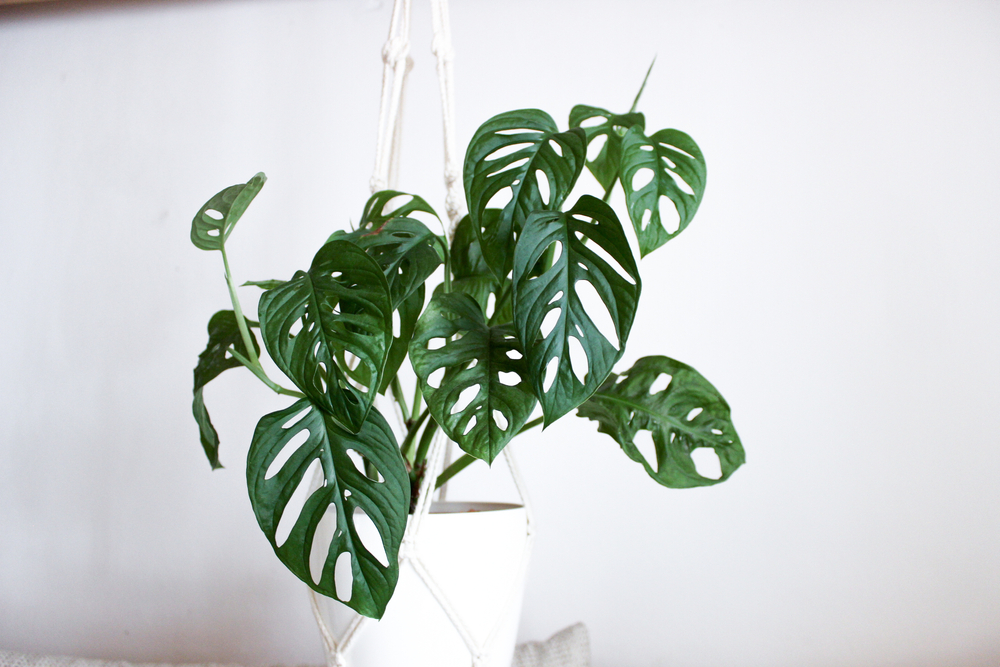
Monstera Adansonii is known for its unique leaves with natural holes. It can grow well in dim areas with artificial lighting. The plant likes soil that stays slightly moist but should not be waterlogged. It grows as a trailing or climbing vine, so it looks great in hanging baskets or with a support pole. This plant adapts easily to indoor conditions.
Trimming helps manage its size and encourages new growth. Fertilizing lightly during spring and summer supports its health. The leaves give a tropical look to indoor rooms, even without sunlight. With simple care, Monstera Adansonii can grow quickly and stay attractive. It is a unique plant that adds character to darker spaces.
Bringing greenery into rooms without windows is easier than most people think. Many plants can thrive with artificial lighting and simple care routines. Adding them not only makes your home more welcoming but also improves the overall atmosphere. Start with one or two plants that fit your lifestyle and see how they brighten up your space.
This article originally appeared on Avocadu.
